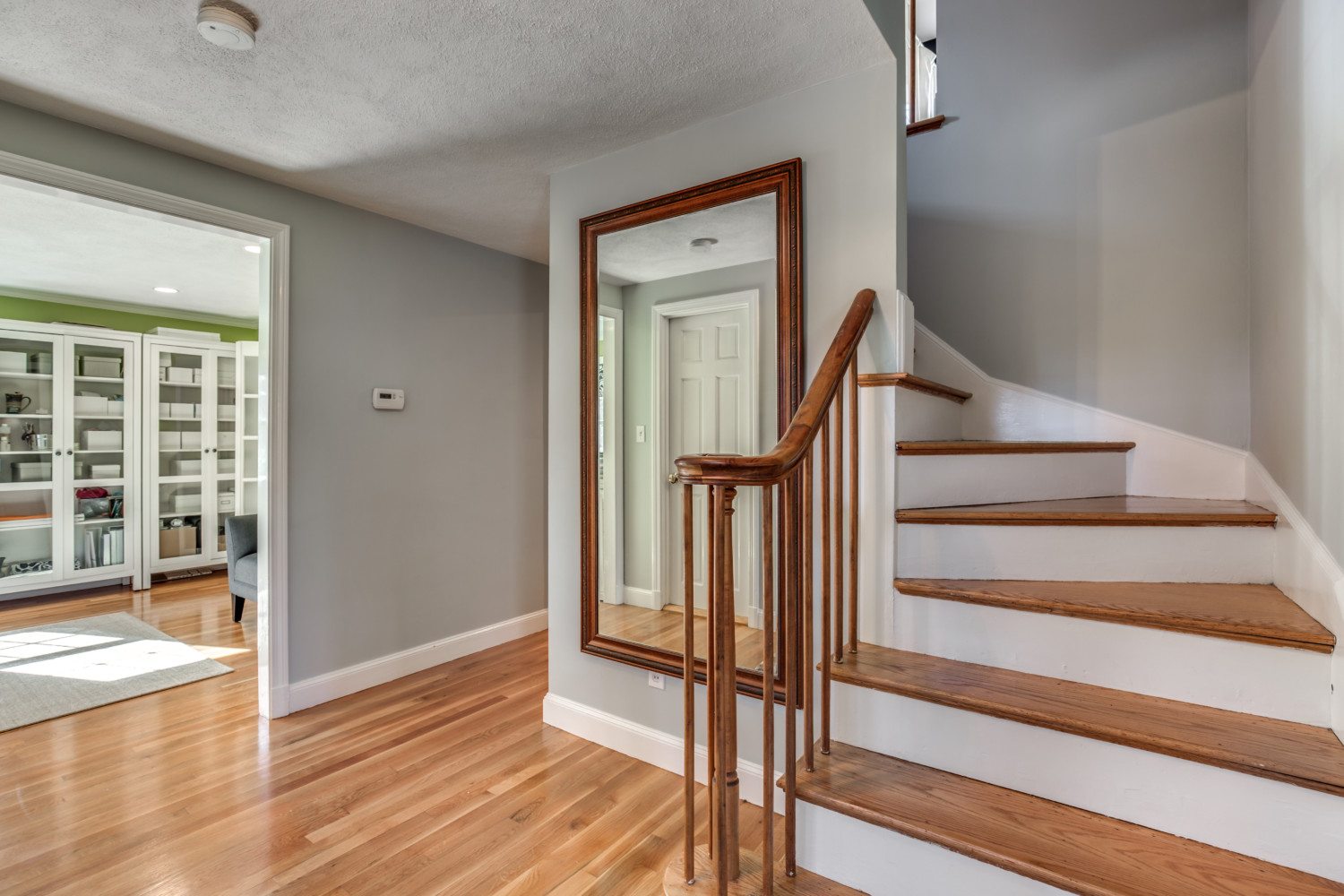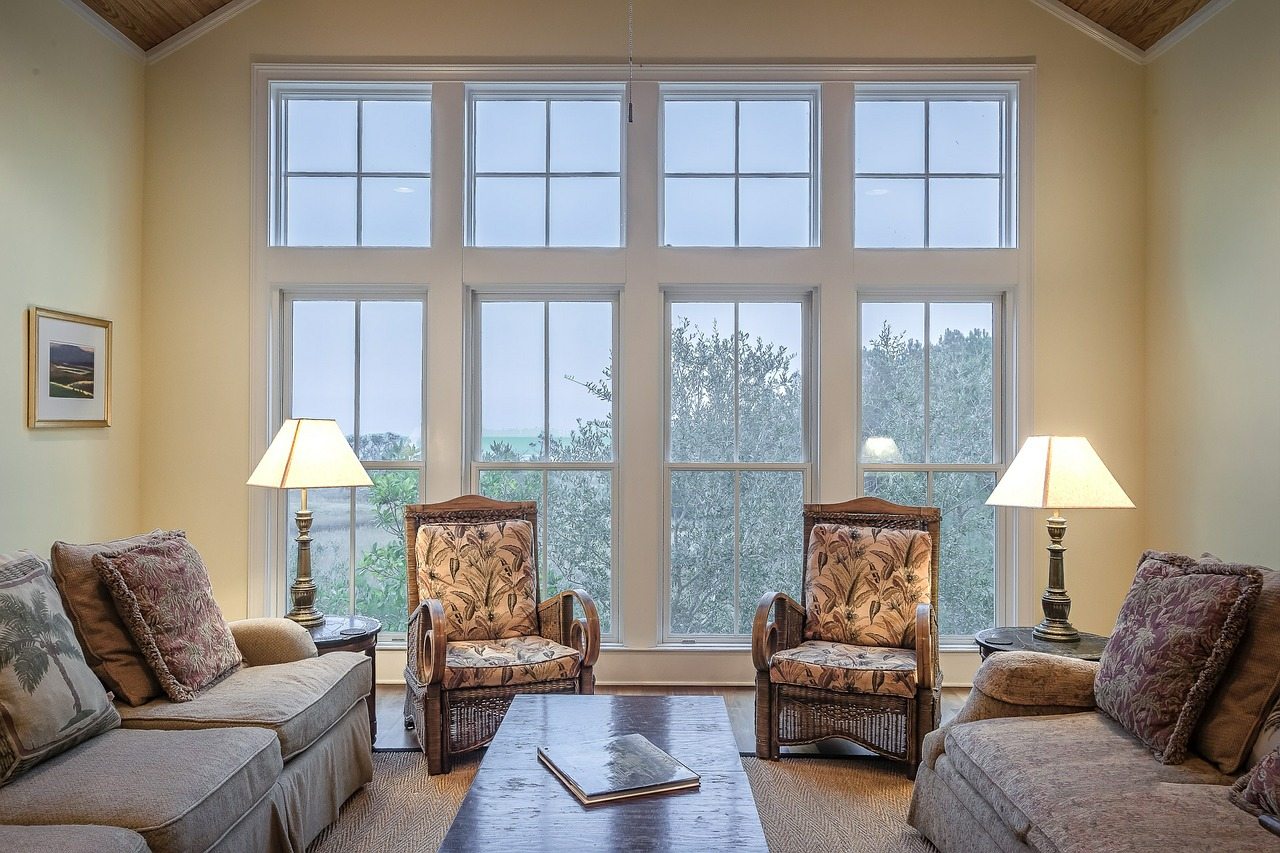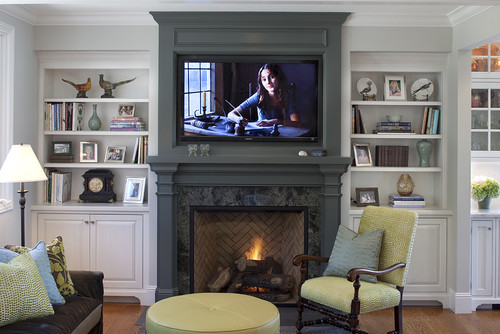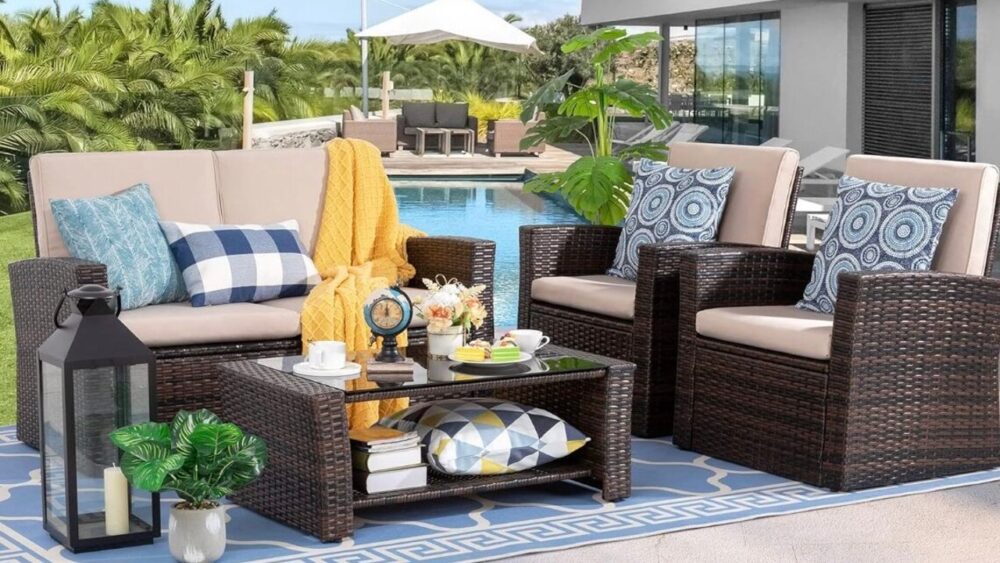10 tips for arranging furniture like a pro
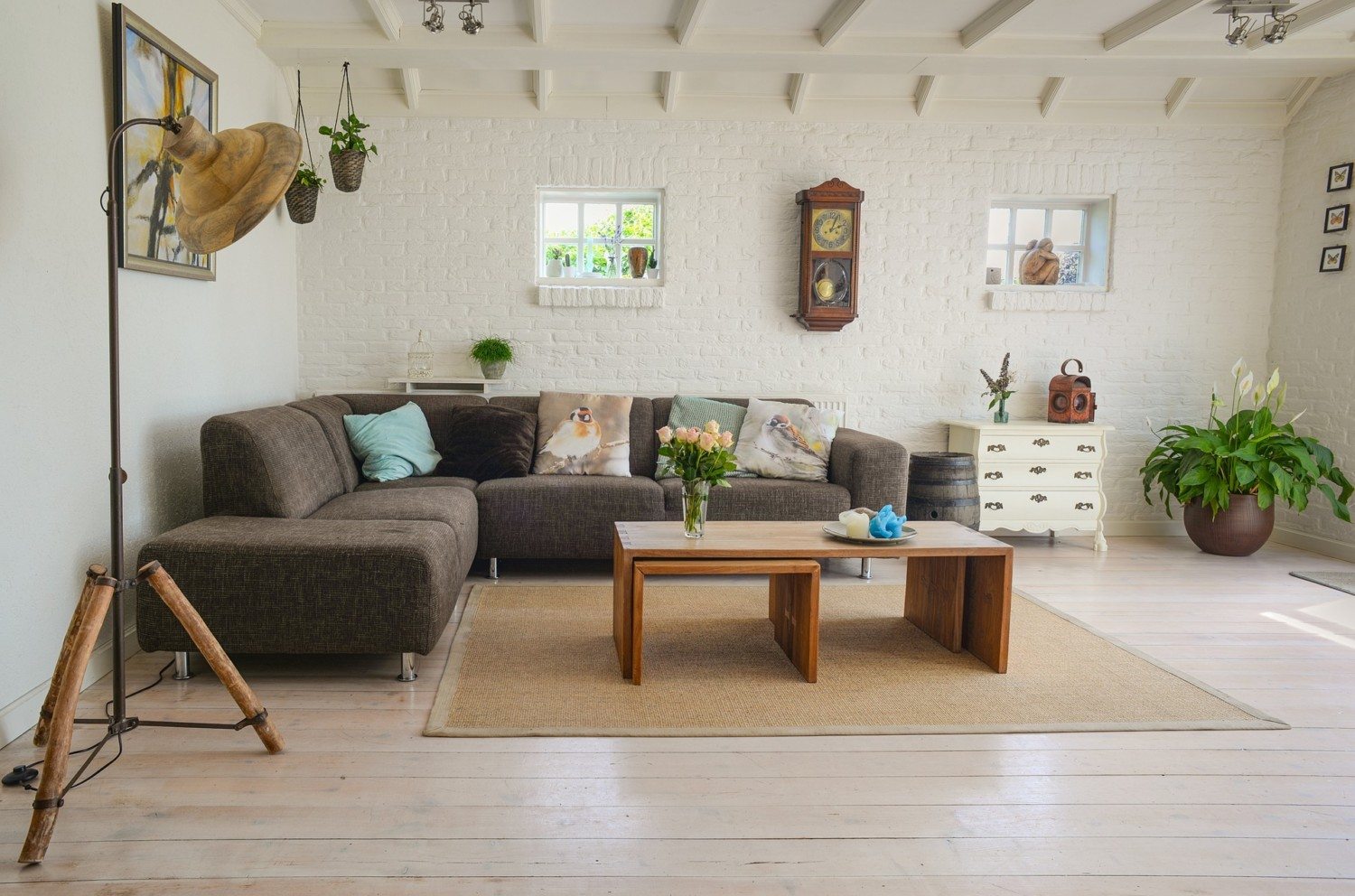
Arranging furniture requires attention to both form and function. You don’t have to buy new furniture or spend lots of money on the most expensive pieces to create a room layout that makes your home more inviting, cheerful and user-friendly. Try these 10 tips for enhancing your home’s living, working or playing spaces.
1. Take Careful Measurements
It’s easier to arrange furniture on paper than to pick up and move real items. Measure your room and your pieces of furniture before you start moving anything. And then apply these basic measurements, depending upon what room you’re redesigning:
- Leave roughly 30 inches of space between pieces of furniture if you’ll need to walk around it.
- Facing chairs and sofas should not be more than 8 feet apart if you want to enable easy conversations.
- Leave 14 to 18 inches between your sofa and coffee table so people can reach out and set down their drinks easily.
- How many chairs should you place around your dining room table? Plan on chairs that are 20 to 24 inches wide, and leave at least 6 inches of space between them.
- Keep a dining room table at least 36 inches from each wall so guests can comfortably push their chairs out or move them back to get seated.
- Leave 2 feet on each side of your bed for ease of movement.
2. Visualize The Flow
When guests come to your house, do they know to turn right or left to get to your seating area? Is it easy to walk through a room without tripping over furniture? Make your entry path obvious, and make it easy to move from a pre-dinner seating area to the dining room table to your deck or anywhere else people will be walking.
3. Create A Focal Point
When arranging a family or living room, create a focal point that anchors the room. This can include a fireplace, large window, French doors, home entertainment area or a seating arrangement. Will you be using the room primarily for watching TV and gaming with family, or for entertaining friends? The way in which you will use the room will help you decide on your focal point.
4. Encourage Conversation
Arrange your seating so that it makes it easier to for people to talk. For example, instead of placing two chairs across from the sofa facing them straight ahead, angle them toward each other.
5. Add Asymmetry
Don’t be too OCD about making sure everything matches and lines up. Asymmetry occurs when things don’t equal out, such as placing two candles of different heights beside each other, or pairing a sofa with a love seat. You don’t need matching chairs, or chairs of the same height, near your sofa.
6. Improve The Theater Experience
When setting up your TV room, think about where people will be sitting when they watch the screen and what time of day they’ll be watching. Daytime viewing means sunlight coming through windows—don’t place video screens facing them. Evening viewing means lights will be on, which can shine onto screens. Test lamp and screen placement before you move heavy equipment. Don’t place audio speakers near walls, which can absorb sound and create vibrations. Keep them at least 6 inches from walls, drapes and furniture.
7. Use a Rug
An area rug can help you define a space, such as a central seating setup. Make sure the rug is large enough so that you can place all seating and tables completely on the rug. Sofas and chairs that are half-on, half-off a rug don’t let you define the entire space.
8. Consider Banquette Seating
If you’ve got a small dining room area or will be using a dining table for homework, paperwork or kids crafts, consider banquette seating. A banquette is a permanent bench-like seat attached to a wall. You don’t have to move chairs in and out as you sit, and you can use the banquettes to provide additional storage, as well.
9. Try Some Diagonals
All of your furniture doesn’t have to be parallel to or on a 90-degree angle from your walls or other pieces of furniture. Try placing a sofa, love seat or chairs on an angle to deal with space constraints, encourage conversation and create asymmetry.
10. Pay Attention to Wall Art Height
Homeowners generally hang wall paintings at eye height, similar to the placement in an art gallery, so visitors can admire them. If you’d like to give the impression of a taller ceiling, hang wall art slightly lower than eye height to create more distance between the top of the art and the ceiling.
And now you’re ready to have your home featured in HGTV Magazine!


